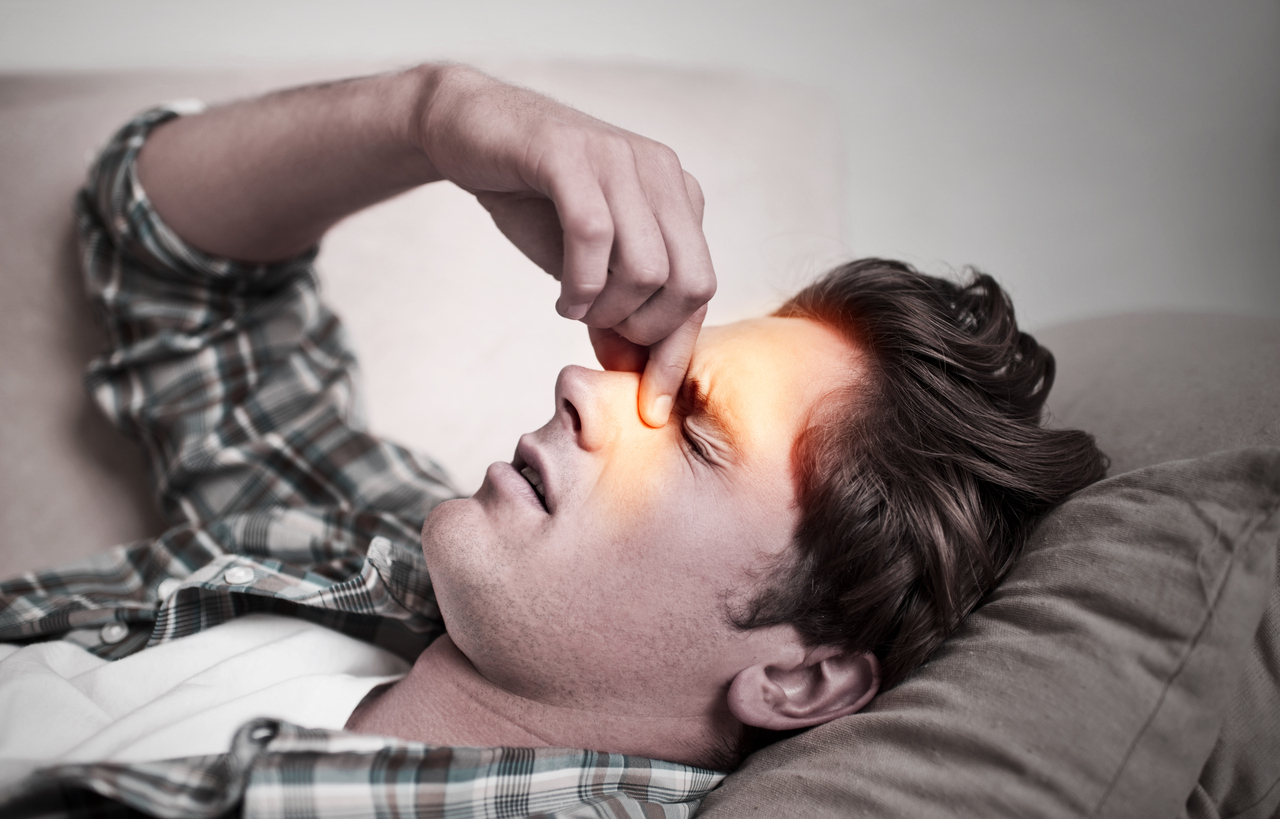Sinusitis: Causes, Treatments And Management
Sinusitis is an inflammation, or swelling, of the tissue lining the sinuses. The sinuses are four paired cavities in the head. They are connected by narrow channels. The sinuses make thin mucus that drains out of the channels of the nose. This drainage helps keep the nose clean and free of bacteria. Normally filled with air, the sinuses can get blocked and filled with fluid. When that happens, bacteria can grow and cause an infection (bacterial sinusitis).
This is also called rhinosinusitis, with “rhino” meaning “nose.” The nasal tissue is almost always swollen if sinus tissue is inflamed.
There are different types of sinusitis:
Acute bacterial sinusitis: This term refers to a sudden onset of cold symptoms such as runny nose, stuffy nose, and facial pain that does not go away after 10 days, or symptoms that seem to improve but then return and are worse than the initial symptoms (termed “double sickening”). It responds well to antibiotics and decongestants.
Chronic sinusitis: This term refers to a condition defined by nasal congestion, drainage, facial pain/pressure, and decreased sense of smell for at least 12 weeks.
Subacute sinusitis: This term is used when the symptoms last four to twelve weeks.
Recurrent acute sinusitis: This term is used when the symptoms come back four or more times in one year and last less than two weeks each time.
What Causes Sinusitis?
Sinusitis can be caused by a virus, bacteria, or fungus that swells and blocks the sinuses. A few specific causes include:
-
The common cold.
-
Nasal and seasonal allergies, including allergies to mold.
-
Polyps (growths).
-
A deviated septum. The septum is the line of cartilage that divides your nose. A deviated septum means that it isn’t straight, so it is closer to the nasal passage on one side of your nose, causing a blockage.
-
A weak immune system from illness or medications.
-
For infants and young children, spending time in daycares, using pacifiers, or drinking bottles while lying down could increase the chances of getting sinusitis.

Common signs and symptoms of sinusitis include:
-
Post nasal drip (mucus drips down the throat).
-
Nasal discharge (thick yellow or green discharge from nose) or stuffy nose
-
Facial pressure (particularly around the nose, eyes, and forehead), headache and or pain in your teeth or ears.
-
Halitosis (bad breath)
-
Cough.
-
Tiredness.
-
Fever.
How is Sinusitis Diagnosed?
Your healthcare provider will ask you a lot of questions in order to develop a detailed medical history and find out about your symptoms. They will also do a physical examination. During the exam, your care provider will check your ears, nose and throat for any swelling, draining or blockage. An endoscope (a small lighted/optical instrument) may be used to look inside the nose. In some cases, you might be referred to an ear, nose and throat (ENT) specialist. If you need an imaging exam, your provider would order a computed tomography (CT) scan.
How is Sinusitis Treated?
Sinusitis is treated in several ways, each depending on how severe the case of sinusitis is. A simple sinusitis infection is treated with:
-
Decongestants.
-
Over-the-counter cold and allergy medications.
-
Nasal saline irrigation.
-
Drinking fluids (sinusitis is a viral infection and fluids will help).
If symptoms of sinusitis don’t improve after 10 days, your doctor may prescribe:
-
Antibiotics (for seven days in adults and 10 days in children).
-
Oral or topical decongestants.
-
Prescription intranasal steroid sprays. (Don’t use non-prescription sprays or drops for longer than three to five days — they may actually increase congestion).
Long-term (chronic) sinusitis may be treated by focusing on the underlying condition (typically allergies). This is usually treated with:
-
Intranasal steroid sprays.
-
Topical antihistamine sprays or oral pills.
-
Leukotriene antagonists to reduce swelling and allergy symptoms.
-
Rinsing the nose with saline solutions that might also contain other types of medication.
When sinusitis isn’t controlled by one of the above treatments, a CT scan is used to take a better look at your sinuses. Depending on the results, surgery may be needed to correct structural problems in your sinuses. This is most likely to happen if you have polyps and/or fungal infections.

What Complications are Associated with Sinus Infection?
Although it does not happen very often, untreated sinus infections can become life-threatening by causing meningitis or infecting the brain, eyes, or nearby bones. Meningitis is an infection of the membranes (meninges) that cover the brain and spinal cord.
How can I Prevent Sinusitis?
Some of the home remedies used to treat sinus infection symptoms may help prevent sinusitis. These include rinsing your nose out with salt water and using medications that your provider might suggest, such as allergy medications or steroid nasal sprays.
You should avoid things you are allergic to, like dust, pollen or smoke, and try to avoid sick people. Wash your hands to reduce your chance of getting a cold or flu.
Will I Need to Make Lifestyle Changes to Deal with Sinus Infections?
If you have indoor allergies it is recommended that you avoid triggers—animal dander and dust mites, for example—as well as take medications. Smoking is never recommended, but if you do smoke, strongly consider a program to help you quit. Smoke can also trigger allergies and prevent the removal of mucous by the nose. No special diet is required, but drinking extra fluids helps to thin nasal secretions.



